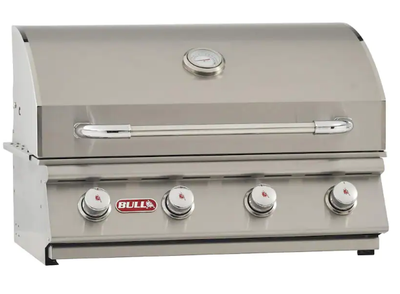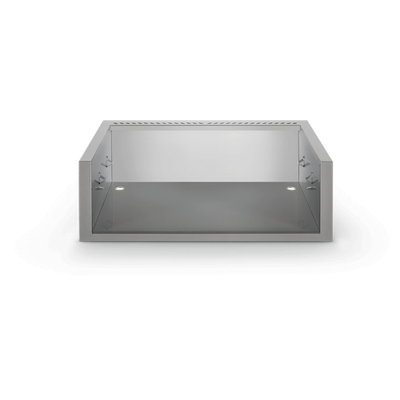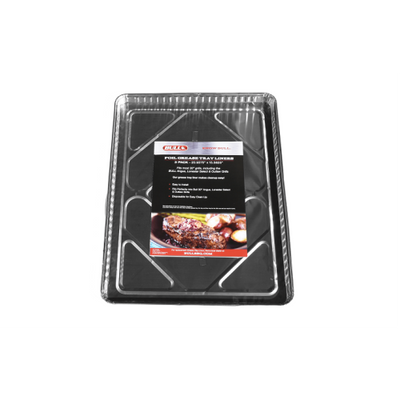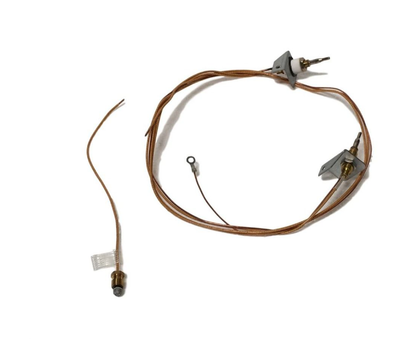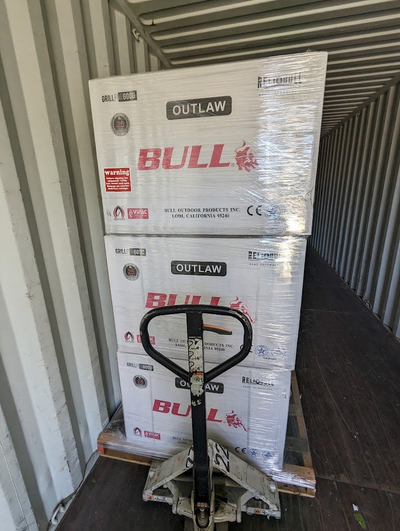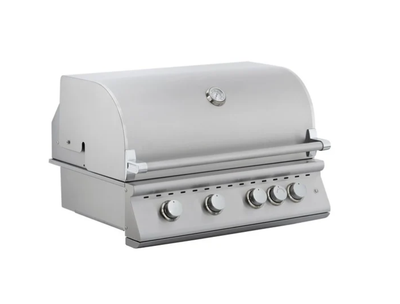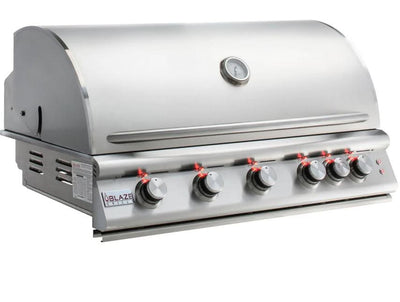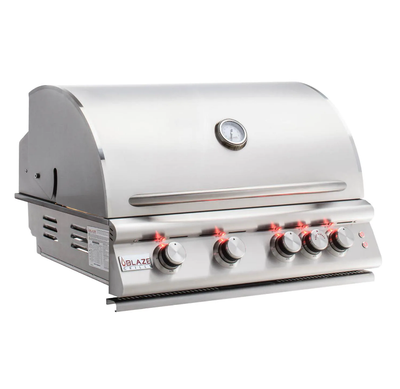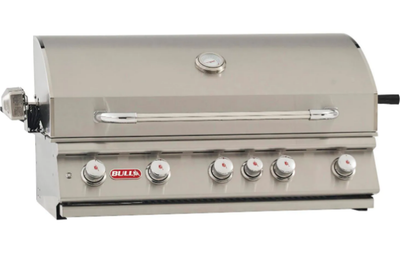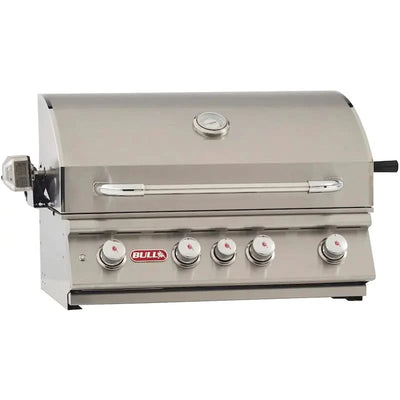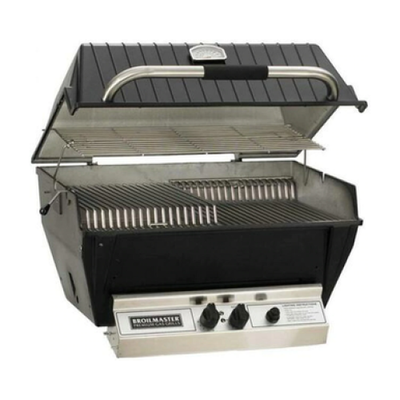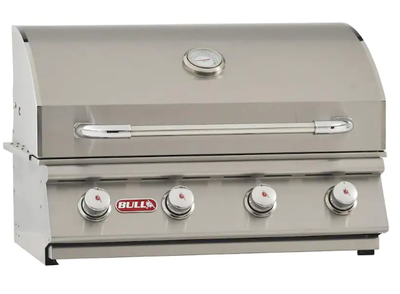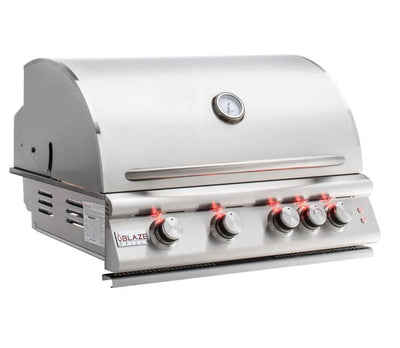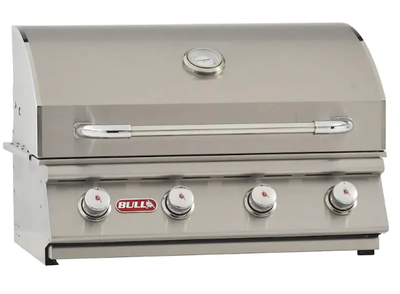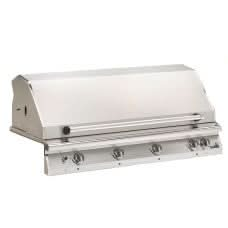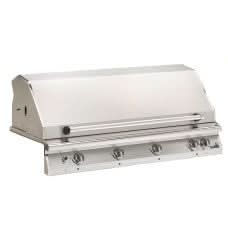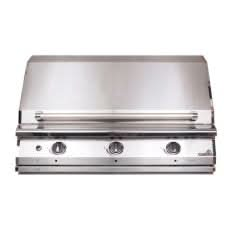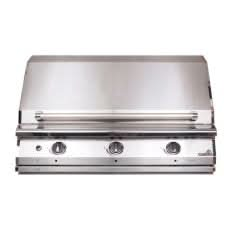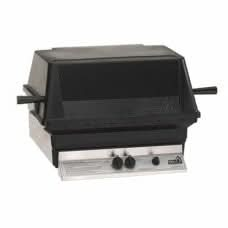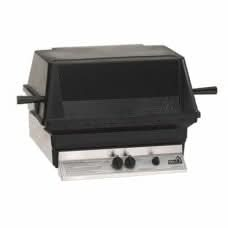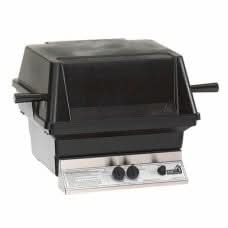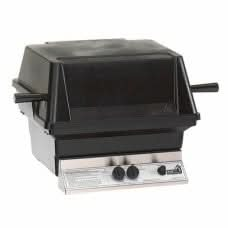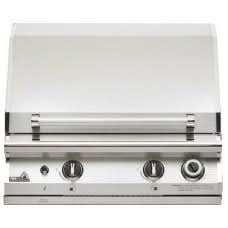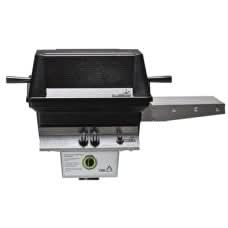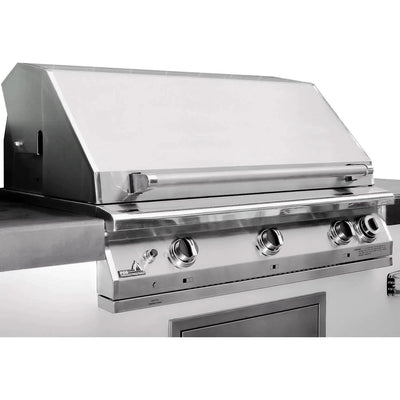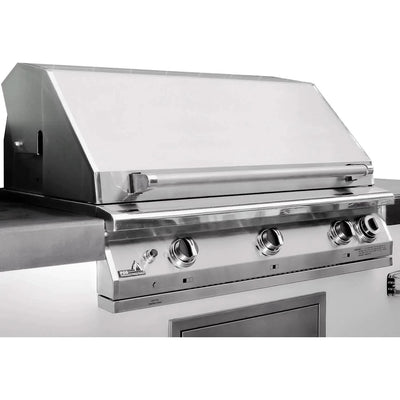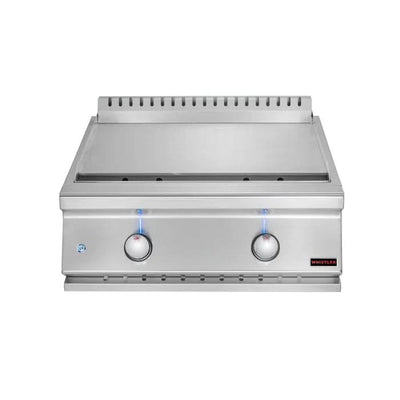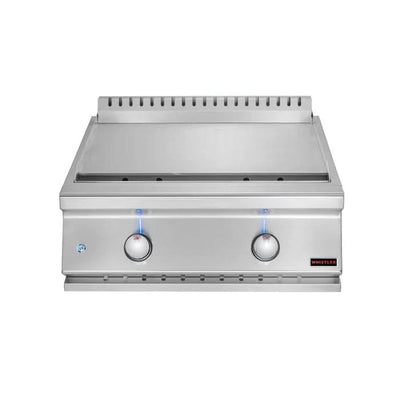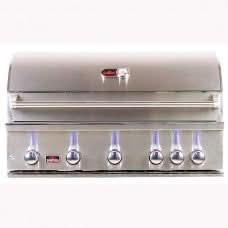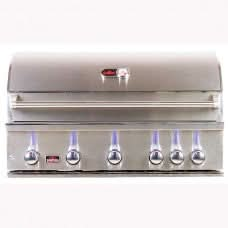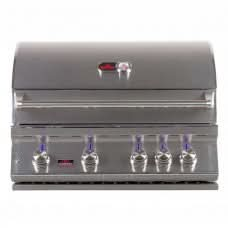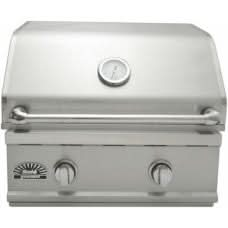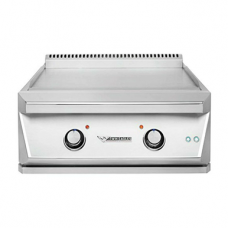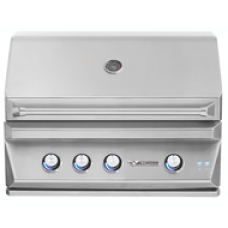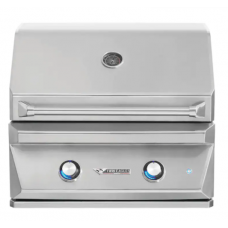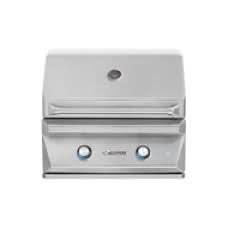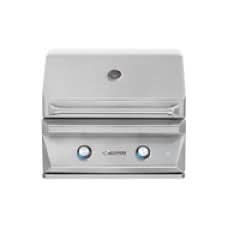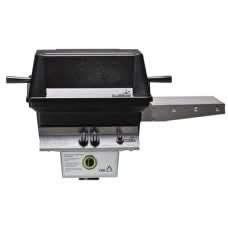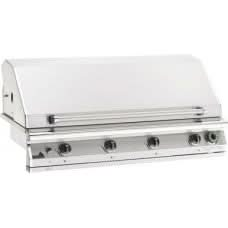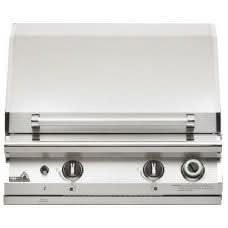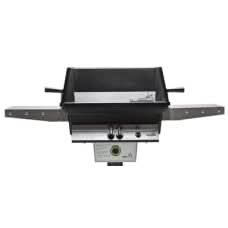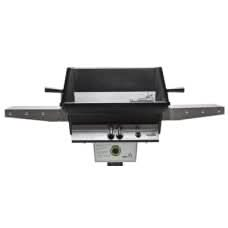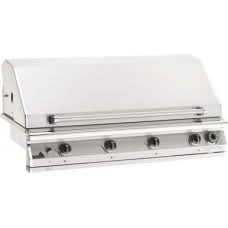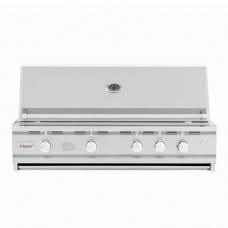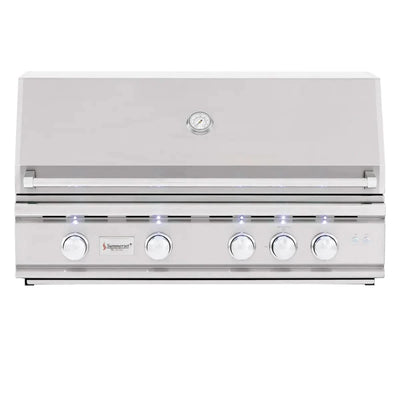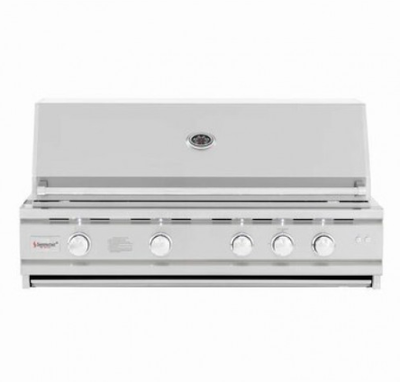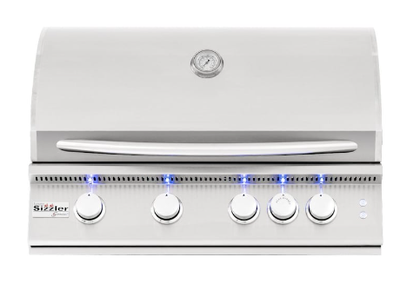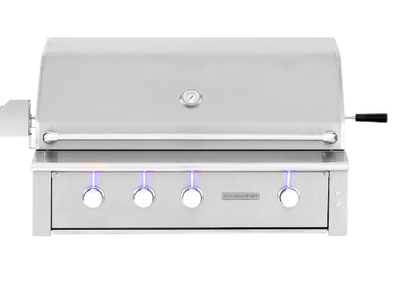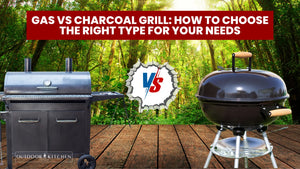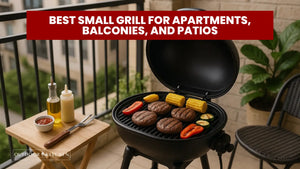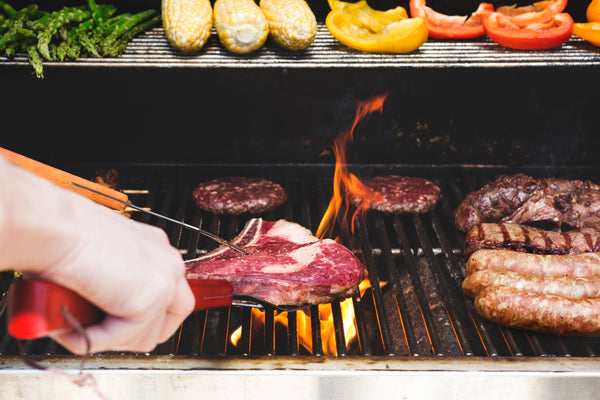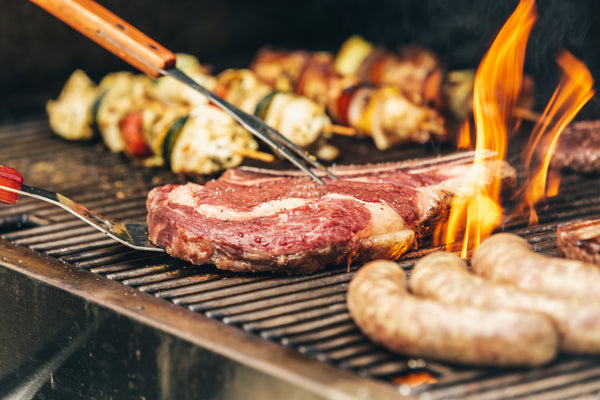
Sales & Promotions
Product Categories
Frequently Asked Questions
A built-in grill is designed to be installed into the countertop or cabinetry of an outdoor kitchen area. It typically has a sleek look and features that make it ideal for outdoor cooking setups. A freestanding gas grill is designed to stand on its own and can be moved around.
It can be a great addition to your outdoor kitchen design. Some benefits include an improved outdoor cooking experience, increased value of your home, and versatility in cooking different types of food.
Answer: When selecting a built-in gas grill, it is important to consider the amount of cooking space you need. Generally, most grills come in three sizes - small (about 200-400 square inches), medium (400-700 square inches), and large (over 800 square inches). The larger the grill, the more cooking space is available for multiple dishes at once. If you plan to cook for large groups, then a larger model would be recommended.
Answer: Look for features such as adjustable burners, electronic igniters, insulated hoods, fuel gauges, and continuous spark systems for consistent heat distribution. If you plan on cooking larger cuts of meat or roasts, look for models with rotisserie burners and spit rods.
Answer: Regular maintenance is necessary to keep your built-in gas grill running safely and efficiently. Cleaning the exterior surfaces and interior parts such as burner covers on a regular basis is essential in order to prevent grease buildup and other debris from accumulating over time. Additionally, you should make sure all connections are tightly secured and that any parts that need replacing (such as burners) are attended to promptly since this can cause further damage if left unchecked.
Answer: Yes! Make sure you inspect your unit before each use for any signs of wear or damage; also keep an eye out for any grease fires that may occur due to excessive fat accumulation in the burners or other parts of the grill during extended periods without cleaning it regularly. Always keep children away from your unit while it's in use and never leave it unattended while still lit up; turn off all knobs after use until the next time you're ready to fire it up again!
Answer: Most traditional built-in gas grills run on propane or natural gas – either option is fine depending on what’s available in your area; however, some newer models have dual fuel capabilities, meaning they can run on both types of fuel sources with just one switch!
Answer: It is recommended that you use an electric match lighting system – this uses electricity rather than an open flame to ignite the burner safely every time without worrying about flare-ups or dangerous fumes entering your outdoor kitchen space while cooking outdoors!
Additionally, make sure all knobs (heat control valves) are turned off prior to activating the electric match so that there won't be any explosive release of propane from within the unit itself upon lighting it up!
Answer: Most modern units come with temperature gauges installed— usually located behind the front panel door—which allows users easy access either by opening said door or reaching behind it with a long thermometer probe if necessary! Should yours not have one installed already then simply purchase an additional digital thermometer specifically designed for indoor/outdoor ovens/range tops; these generally come equipped with their own remote probe which makes monitoring temperatures while cooking even easier!
Answer: When deciding between a built-in natural gas or propane gas grill, it's important to consider the convenience, cost, and safety of each type. Built-in natural gas grills are usually connected directly to a house's natural gas line, meaning that there is no need to constantly refuel the grills with propane tanks, which can be both pricey and inconvenient.
Natural gas grills also don't produce as much heat as propane models, making them safer and easier to operate. However, they require permanent installation and are not portable as propane grills are. Propane models are typically less expensive than natural gas ones and offer greater portability, however, they require frequent refueling with costly tanks which must be replaced periodically.
 - Call
- Call 

